Archaeology Day today October 17th
https://www.archaeological.org/happy-international-archaeology-day-2/
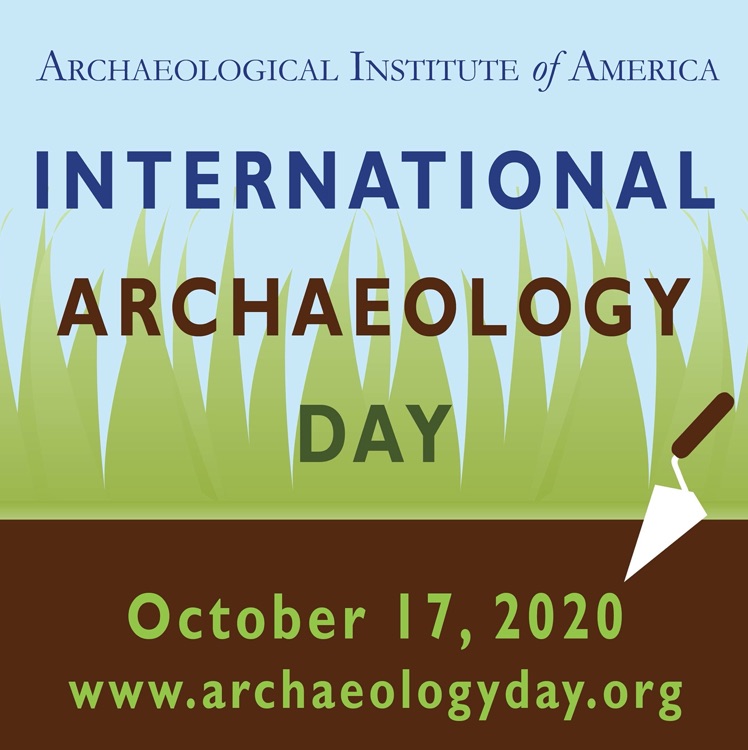
Archaeology Day today October 17th
https://www.archaeological.org/happy-international-archaeology-day-2/

Several archaeological sites reopened right after the International Archaeology Day on Oct.17th
Since Mayans were located on the Yucatan Peninsula, why didn't they consider constructing any large structures in the Caribbean Islands. They did establish trade villages with the predominantly groups of the Tainos and Arawaks. I'm sure Mayans were aware of these islands since they have large sailboats and some of the lesser known groups on the Caribbean Islands were actually descendants of the Mesoamerican region. Mayans were an advance group of people and yet they preferred to stay inland and they were no different from their predecessor such as the Olmecs nor their successors and several groups that were contemporaneous. On the other hand, the South American natives such as Tainos and Arawaks found these islands to be valuable and yet their people originated from the tropical Amazon jungles.
Mayan sailboats
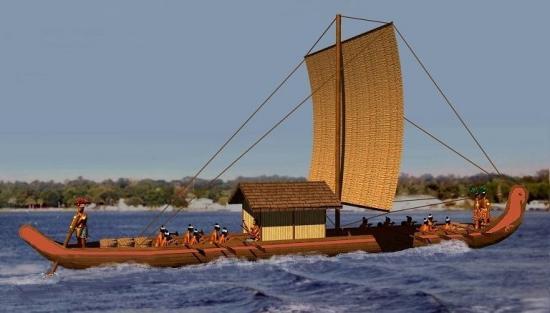
Mayan trade villages in Cuba
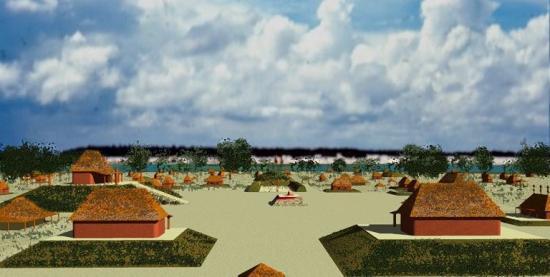
Map: Trade Routes
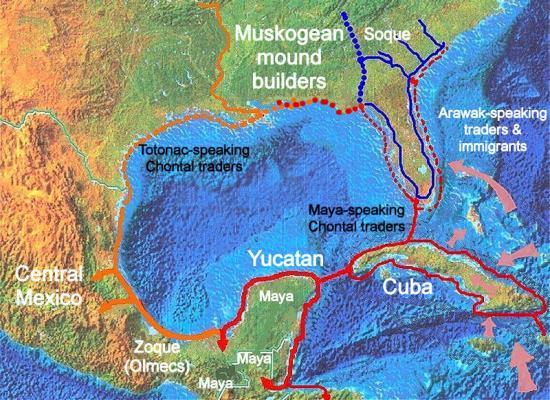
Las Mujeras, Yucatan Peninsula, Mexico to Las Tumbas, Cuba is only 124 miles ( 200km ).


The article suggest that Chemamull statues represent the Mapuche Indians in Chile and Argentina. The carved wooden statues do stand 2 meters to 4 meters tall or 13.1 feet tall in height. The facial features, the headdress (Pukao), body shape, arm and hand crossing of the Chemamull statues bear some resemblance to Moai statues found on Easter Island. Possibly the sculpt artistry on the Chemamull may have been influence by Easter Islanders suggesting that there were contact between these two different neighboring cultures in the remote past.
Likely Polynesians landed in South America because they not only introduced the chicken to Mapuche people in Chile but they may have also introduced to them or influenced them the sculpt artistry on the Chemamull statues found in Chile and Argentina.
Mapuche
https://en.wikipedia.org/wiki/Mapuche
Chemamull

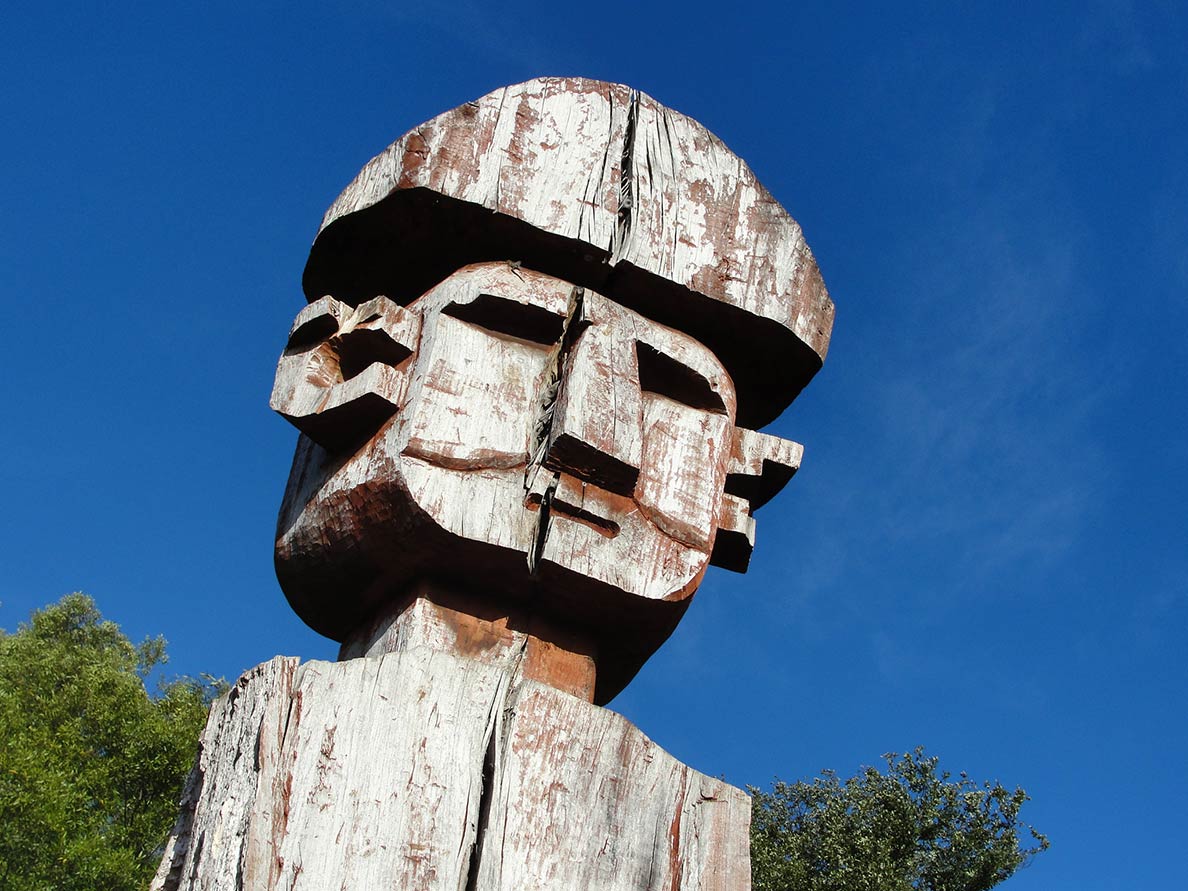
Moai on Easter Island
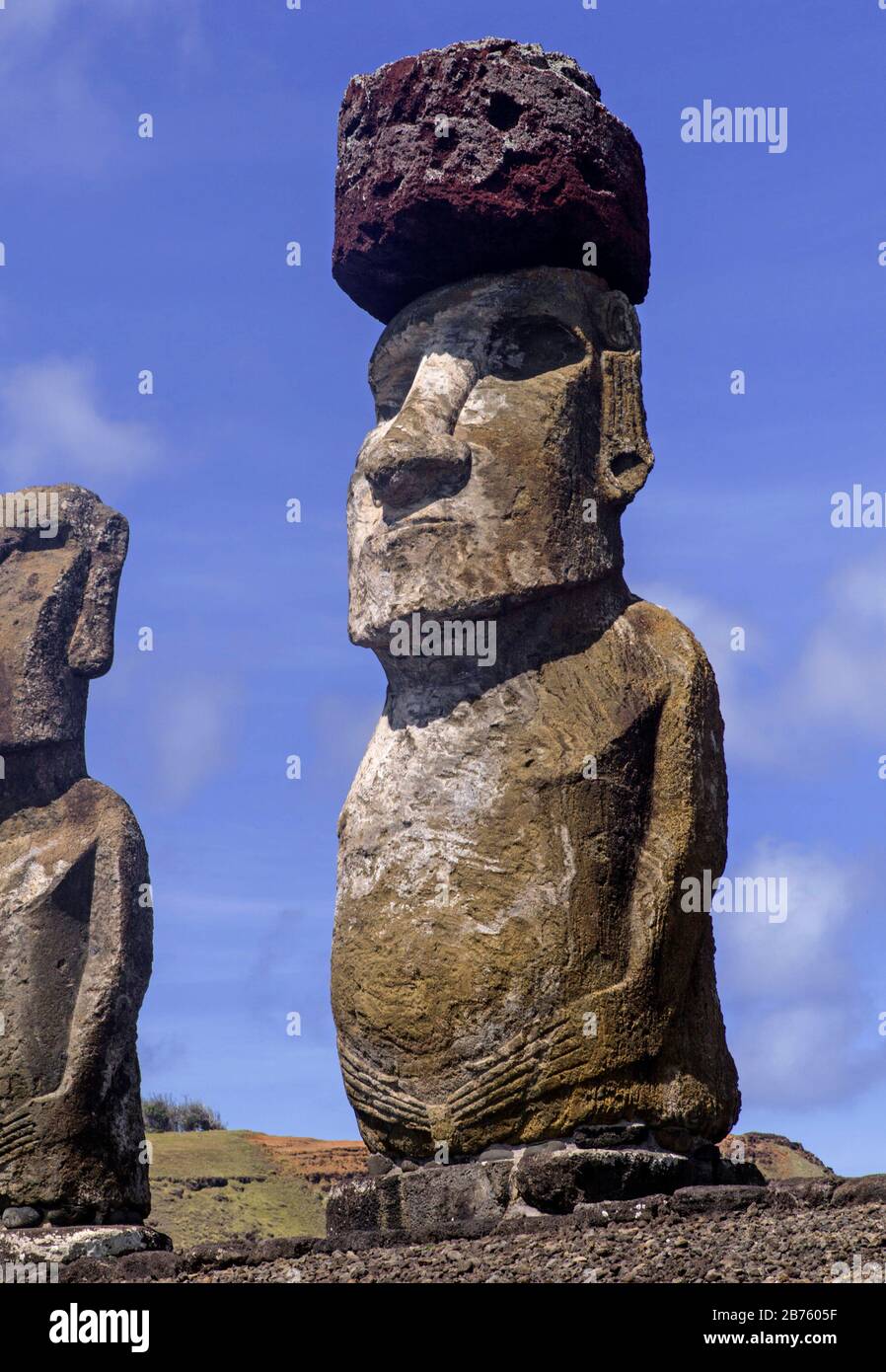
Peru
https://www.theguardian.com/world/2020/oct/18/huge-cat-found-etched-desert-nazca-lines-peru
Huge cat found etched into desert among Nazca Lines in Peru
The feline figure, seen on a hillside in Nazca, Peru, has been cleaned and conserved since its discovery. Photograph: Jhony Islas/AP
Feline geoglyph from 200-100BC emerges during work at Unesco world heritage site
The dun sands of southern Peru, etched centuries ago with geoglyphs of a hummingbird, a monkey, an orca – and a figure some would dearly love to believe is an astronaut – have now revealed the form of an enormous cat lounging across a desert hillside.
The feline Nazca line, dated to between 200BC and 100BC, emerged during work to improve access to one of the hills that provides a natural vantage point from which many of the designs can be seen.
A Unesco world heritage site since 1994, the Nazca Lines, which are made up of hundreds of geometric and zoomorphic images, were created by removing rocks and earth to reveal the contrasting materials below. They lie 250 miles (400km) south of Lima and cover about 450 sq km (175 sq miles) of Peru’s arid coastal plain.
Archaeologists carry out maintenance work at the site. Photograph: Jhony Islas/AP
“The figure was scarcely visible and was about to disappear because it’s situated on quite a steep slope that’s prone to the effects of natural erosion,” Peru’s culture ministry said in a statement this week.
“Over the past week, the geoglyph was cleaned and conserved, and shows a feline figure in profile, with its head facing the front.” It said the cat was 37 metres long, with well-defined lines that varied in width between 30cm and 40cm.
Scratching the surface: drones cast new light on mystery of Nazca LinesRead more“It’s quite striking that we’re still finding new figures, but we also know that there are more to be found,” Johny Isla, Peru’s chief archaeologist for the lines, told the Spanish news agency Efe.
“Over the past few years, the use of drones has allowed us to take images of hillsides.”
Isla said between 80 and 100 new figures had emerged over recent years in the Nazca and Palpa valleys, all of which predated the Nazca culture (AD200-700). “These are smaller in size, drawn on to hillsides, and clearly belong to an earlier tradition.”
The archaeologist said the cat had been put out during the late Paracas era, which ran from 500BC to AD200. “We know that from comparing iconographies,” said Isla. “Paracas textiles, for example, show birds, cats and people that are easily comparable to these geoglyphs.”